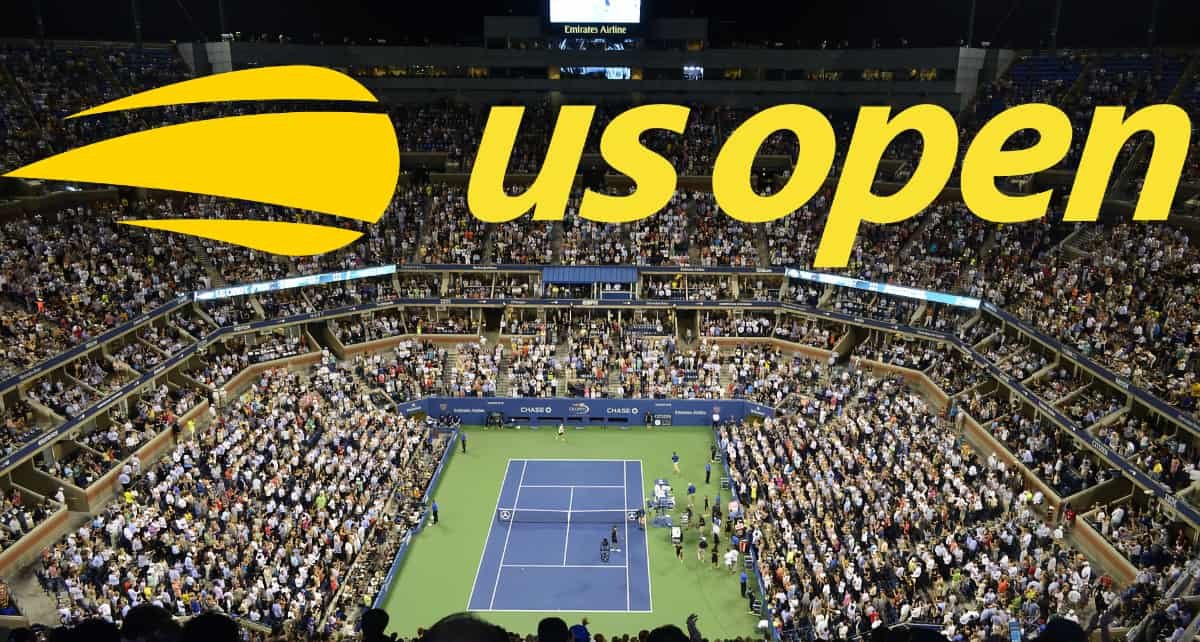The US Open tennis tournament as all the Grand Slam tournaments is possibly one of the four greatest annual tennis events seen by sports enthusiasts. They offer the largest prize money, the biggest public and coverage, the largest playing field size, and the greatest number of “one-day” matches. The US Open, Wimbledon, Melbourne Grand Prix, and Roger Williams’ Wimbledon are the last of this series.
The US Open
The US Open, presented by Adidas, is the only major event to feature men’s and women’s divisions. The past six US Open tournaments have featured the usual suspects: The Fields of grass, The Court, and the Stakes. But the recent past has seen a new crop of players join the tour, with more of an emphasis on tennis than on the grass courts.
Formats of the US Open
The format of the tournament is designed around the top seeds winning the tournament. It is a best-of-five match, with the first set always going to a set. The winner goes to the quarter-finals, where the other top seeds will also be playing. There are four formats used in Grand Slam tournaments. They are:
- The Swiss Style Format.
It is a classic, back-and-forth struggle between two top seeds for the championship. The first set goes into a tiebreaker. Then, when it is time for the playoffs, each player with one or more singles matches wins the tie break and moves on to the next year’s competition. This has been popular for years and is certain to continue as players become more familiar with the format and get comfortable winning in it. - The Rotational Format.
This is the exact opposite of the Swiss Style. Players are grouped together based on their ranking at the end of the year. This means that the top seeds with the best records in the tournament are always grouped together. This can prove to be quite an advantage for the player with the best regular-season performance, especially if they’re having a tough time with the other seeds with weaker records. - The wild.
There are no official year-end rankings. So, the top seed with the best regular-season performance is not necessarily the clear favorite. It will, however, have the edge in the playoff set. This format often has several weeks left to determine who will go home, who will go to Los Angeles, and who will play in the Staples Center in what will likely be a very competitive final. - No Confetti.
Unlike most tennis tournaments where the winner is either the player with the most kills or the most tennis strokes, this one has no real finals format. The teams are just to play each other until someone is removed. There is no playing out of the division, eliminating teams one by one, or even out of the whole field. Just get your game on and let the chips fall where they may.
It’s the wild, end of the world style. You know what I mean. If you’re a normal person going through life, you probably don’t want to be caught up in this type of action. But, if you love tennis as I do, you’ll find yourself cheering for your favorite player to advance to the semis or the finals. You will find yourself shouting and jumping for joy as your favorite player takes the trophy and the adrenaline is running through your veins.


